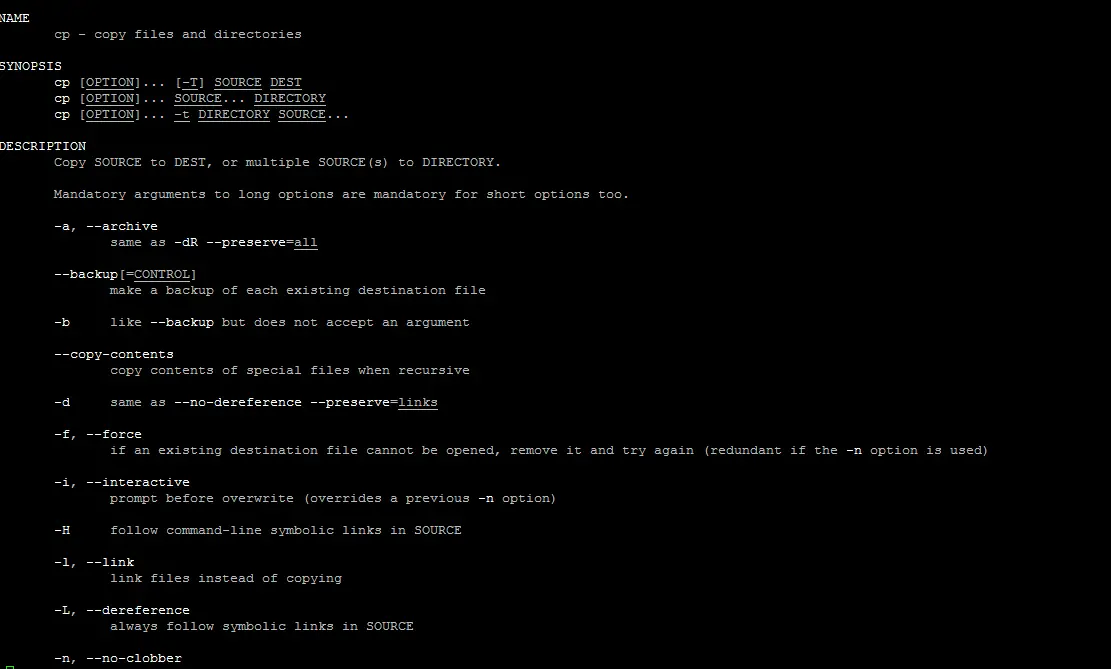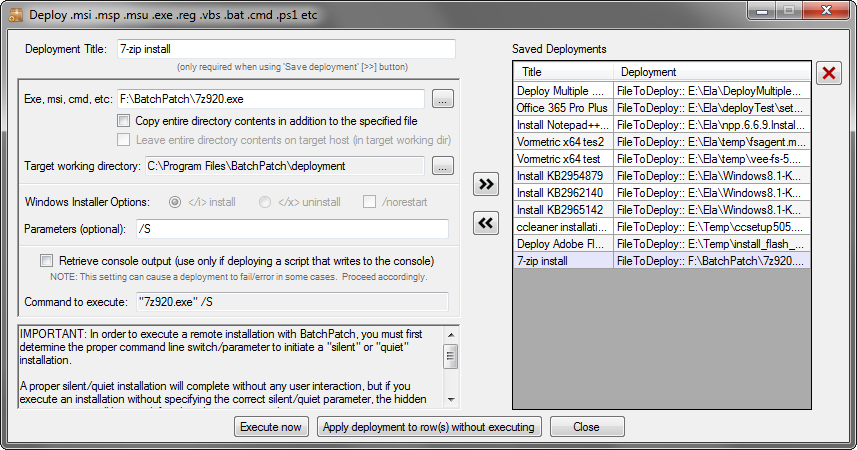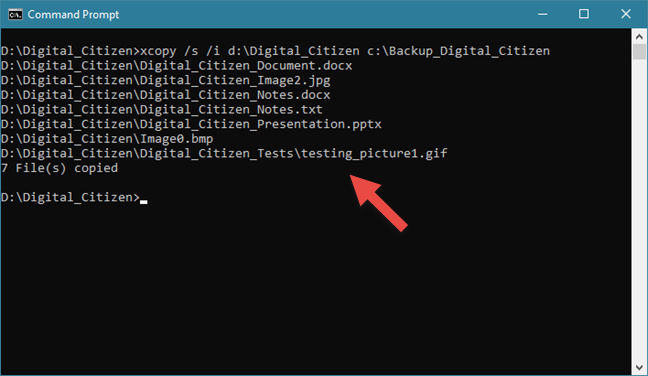

COPY ENTIRE DIRECTORY CMD CODE
Using docker cp is quicker and more convenient than rebuilding the entire image each time you make a code change.Īlways remember that files copied into containers will only persist as long as the container lives. Sometimes you need to manually inject a temporary config file or pull out a buried log. When you’re making backups, copy the volumes from your host, instead of pulling files out of containers.ĭocker cp is most useful when debugging containers or working in a development environment.

Volumes allow data to outlive any single container so you don’t need to manually docker cp before replacing an instance. Configuration is usually handled via environment variables.Ĭontainers which need to store data persistently should be using Docker volumes. Images are meant to be self-sufficient so they should come with everything you need to start an instance. Manually copying files from your host to a Docker container, or vice versa, should be a relatively rare occurrence. COPY instructions are for making files part of a static image cp commands interact with live containers. Every container started from the image would include the website source as it was at the time you ran docker build.ĭocker cp lets you replace that source code with a newer version once a container is running.

Here website source code gets copied into an image as part of a build. It’s for getting files into images during the build process: COPY /home/me/my-website /var/www/html/. It’s important to recognize that these two features serve very different use cases.ĬOPY can’t be used to move files between your host and a running container. What About COPY in Dockerfiles?ĭocker cp can sometimes be confused with the COPY instruction in Dockerfiles. Use the chown command on the host and inside the container to switch the ownership depending on environment if necessary. This can create awkward scenarios on the host where you’re unable to edit or delete files inside the bound directory. You should also be wary of filesystem permissions: files created within the container will usually be owned by root. It doesn’t work well when you’re copying from arbitrary locations as you need to know the paths you’ll be using ahead of time, when the container is created. This technique is only useful when you’re working with a single container directory.

You can interact with these files outside of Docker using familiar tools such as cp, rsync, and your graphical file browser. The contents of the /example/host/directory path are mounted into the container’s filesystem at /container/path. docker run -v /example/host/directory:/container/path my-image:latest Bind mounting a local directory into a container lets you access its contents from your host filesystem, removing the need to use docker cp. Using Bind Mounts to Copy Filesĭocker volumes provide another way of moving files between containers and your host.


 0 kommentar(er)
0 kommentar(er)
